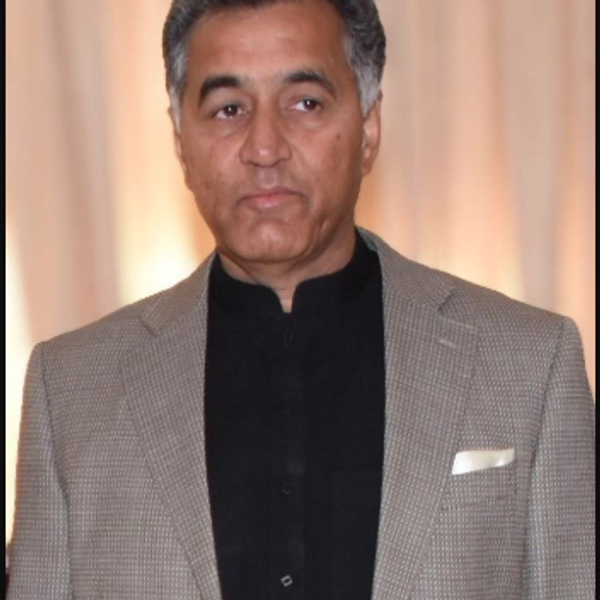World youth unemployment hits 15-year low. Where does MENA stand?
Despite global improvements, youth unemployment in the MENA region, East Asia, and Southeast Asia remains higher than pre-pandemic levels

Fatima Benhaddou
Producer
A creative from the Netherlands with 9+ years of experience in digital content from Expo 2020 Dubai & COP28 to the United Nations in New York. She has produced for i.a. UNESCO, Red Cross, ASICS, Lululemon, and the Embassy of the Netherlands in UAE and Canada. Her work has been featured on CNN Travel, Dutch National TV, and Dubai Culture. Her portfolio includes photography of high-profile delegates like Sheikh Mohammed and Hamdan Al Maktoum, as well as the Monarchy of the Netherlands. She holds a Master’s degree in Media & Business.
The United Nations reports that the global youth unemployment rate has dropped to a 15-year low of 13%. This is a huge improvement from 13.8% in 2019. However, even with the global decrease in unemployment, there’s a troubling issue: many young people aged from 15 to 24 years old are not in employment, education, or training (NEET).
MENA region unemployment rate in %
In 2023, youth unemployment in the MENA region was 24.4%, almost double the global average. The region struggles with low employment rates, with only 18.5% of young people holding jobs—the lowest rate in the world.
MENA region struggles

Nearly one-third of MENA’s youth were not in employment, education, or training (NEET), and the rate was even higher for young women at 44.2%. Globally, in 2023, 20.4% of youth were NEETs — 28.1% of women compared to 13.1% of men. These numbers highlight the urgent need for better job opportunities and policies that support young people, especially women.
Political instability is a major issue
Looking ahead, the youth unemployment rate in MENA is expected to rise slightly to 24.5% in 2024 due to oil production cuts and ongoing conflicts. However, it might decrease to 24.2% in 2025.
Political instability is a big issue, with 10 million young people living near conflict zones in 2022. Even though more young workers are getting paid jobs, most are still in informal work, showing the need for better job opportunities and economic growth in the region.
Youth anxiety

The report highlights that even though the economy and job market are showing signs of improvement, many young people are still very worried about their future. They feel stressed about losing their jobs, job security, the economy’s state, and their chances for financial independence.
Over half of young workers are in informal jobs without security or benefits. In low-income countries, many youths are stuck in temporary or self-employed roles, which adds to their worries.








Comments
See what people are discussing